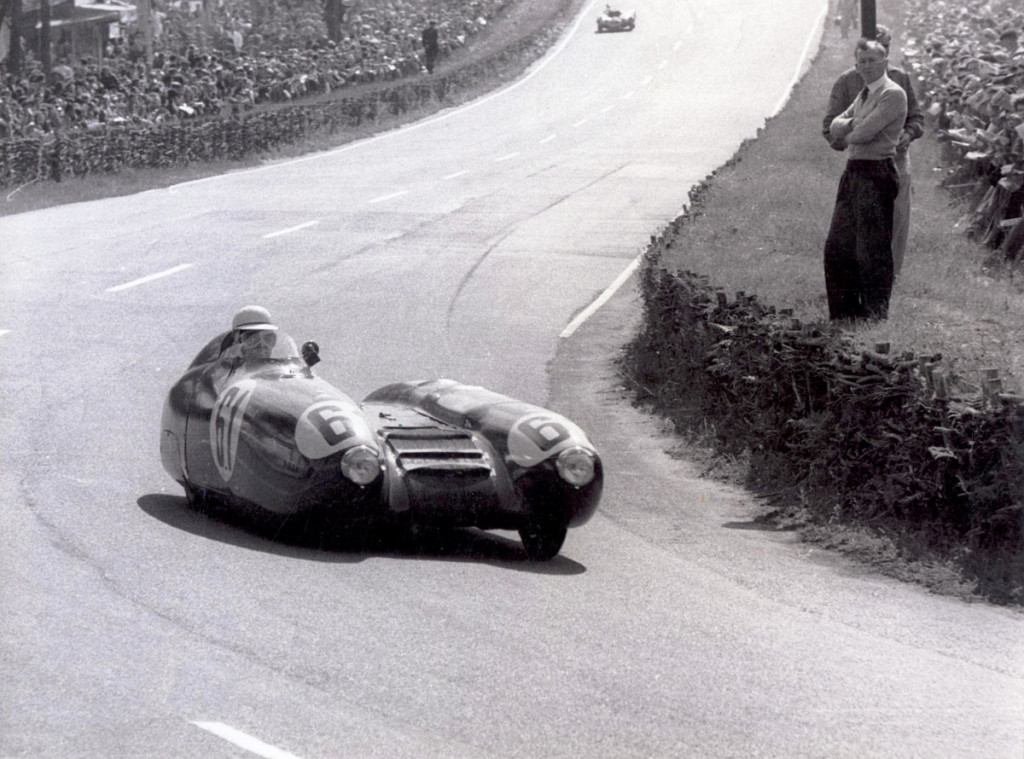
Come 10pm on your average weekday, adults with full-time jobs, full-time responsibilities and full-time exhaustion all over the world yawn, turn off the TV and head to bed for the evening. Most of us struggle to stay awake for the end of Sunday night football or the last episode of the Walking Dead.
For a group of 60 individuals once every year, staying awake for 24 hours isn’t just the difference between seeing the last play of the Raiders game or not. Those people have to remain awake, vigilant, and in complete control of a two-ton vehicle hurtling around a track at approximately 200 mph for 24 hours in what will probably be the biggest race of their lives.
The 24 Hours of Le Mans is a race of not just skill and speed, but of endurance. Drivers are often chastised for not being athletes because of their relatively stationary status when competing. Finding someone who will argue that sitting in a sweltering hot car for 24 hours in the heat of June, navigating a track and maintaining pinpoint focus and clarity for such a time is not a show of athleticism should prove difficult. And while, yes, there are multiple drivers in each car that swap out periodically for safety reasons, the fact that 24 hour race is incredibly debilitating remains.
If you’re unfamiliar with the race, the name provides ample clues as to its general overarching ideas: it’s a 24-hour sports car race on a track (and some public streets, though this has changed in recent years, more on this in a bit) through Le Mans, France. The race is one of the most well-known and highly coveted races in motorsports, making up one leg of the Triple Crown.
Many rules have changed since the first Le Mans race in 1923. Originally, the track was a combination of both tracks and winding streets through the town. However, for obvious safety reasons the track has been fairly extensively modified, though it still does include stretches of public roads closed during the race.
While most cars utilize three drivers, swapping in and out in a three-way rotation, some choose instead to only use two, skirting the rules regarding driver fatigue, another modification from the early iterations of the race’s rulebook. Huge innovations in aerodynamics, engine design and construction and racing strategy have altered the way the race has played out historically.
Many people have questioned the legitimacy of why a driver is considered an athlete, citing their lack of movement and abilities to run, jump or throw a ball accurately. But if you’ve ever witnessed a driver compete, chances are you’d change your mind. Adding in the endurance of the 24 Hours of Le Mans should put to rest the case completely.
